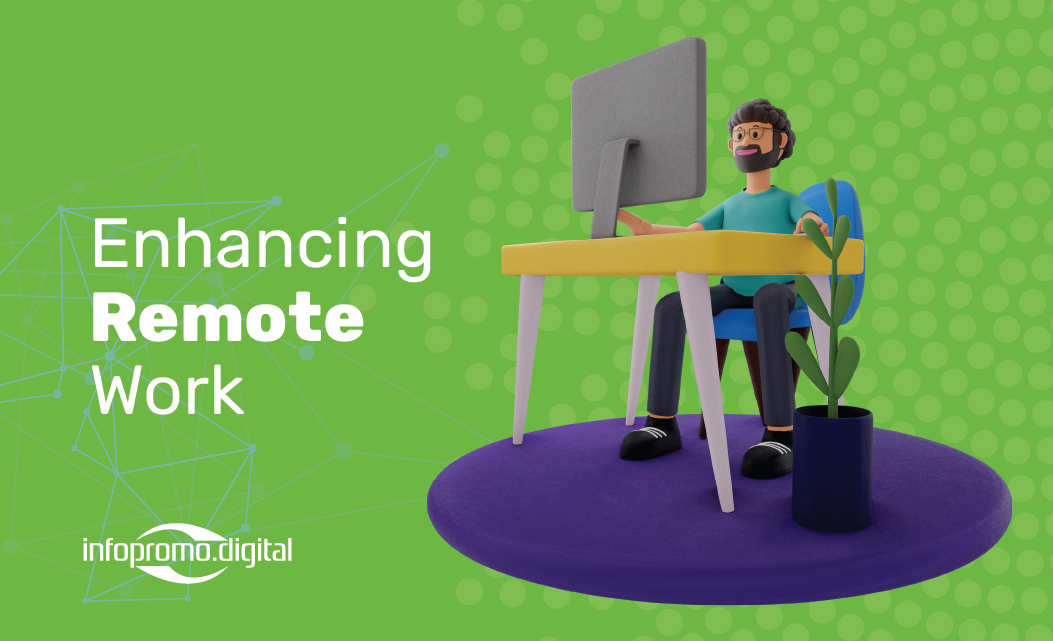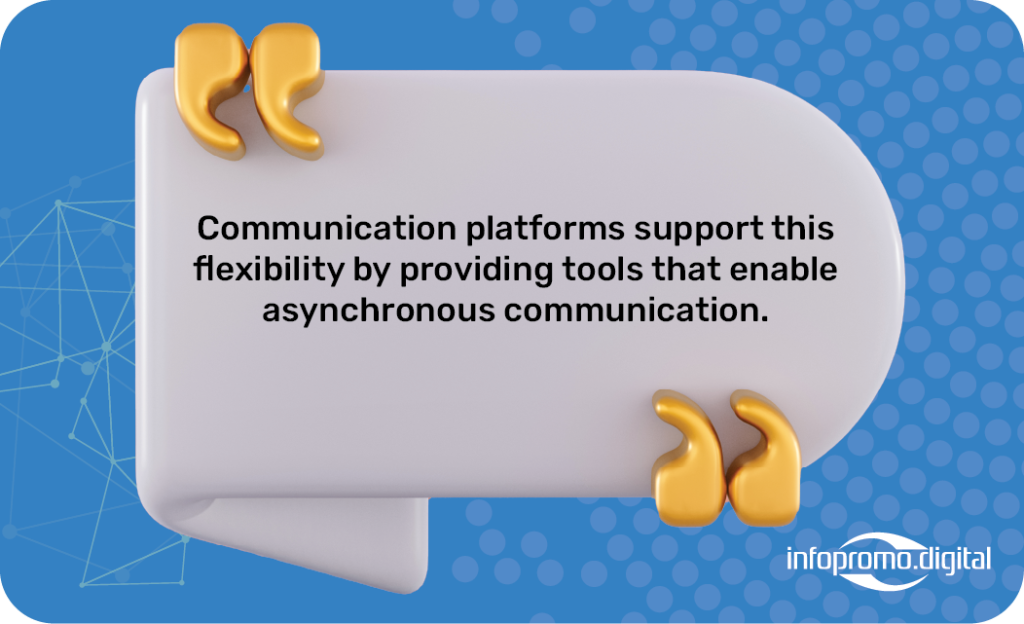
The shift to remote work has transformed the business landscape, driven by advancements in technology and changing work preferences. Technology companies are at the forefront of this transformation, optimizing remote work with state-of-the-art communication platforms. These platforms not only facilitate seamless collaboration but also enhance productivity and employee satisfaction. In this blog, we will explore how cutting-edge communication tools are revolutionizing remote work.

Seamless Collaboration Effective communication is the backbone of successful remote work. Modern communication platforms like Zoom, Microsoft Teams, and Slack offer robust features that enable real-time collaboration. These tools support video conferencing, instant messaging, and file sharing, ensuring that team members can easily connect and collaborate, regardless of their physical location. By integrating these platforms into their workflows, companies can maintain strong communication channels, fostering a collaborative work environment.
Enhanced Productivity Remote work productivity hinges on efficient communication and task management. Communication platforms are equipped with productivity-enhancing features such as task assignments, project tracking, and integrations with other essential tools like calendars and email. For instance, Microsoft Teams allows users to create and manage tasks within the platform, providing a centralized location for all project-related activities. This integration streamlines workflows, reduces the need for constant context switching, and helps teams stay focused on their goals.
Improved Employee Engagement Maintaining employee engagement is crucial for remote teams. Communication platforms play a vital role in keeping employees connected and engaged. Features like virtual meeting rooms, discussion channels, and social feeds create opportunities for team bonding and informal interactions. Regular virtual meetings and check-ins ensure that employees feel supported and valued, boosting morale and job satisfaction. Additionally, these platforms often include features for recognizing and rewarding employee achievements, further enhancing engagement.
Flexible Work Environment One of the key benefits of remote work is the flexibility it offers. Communication platforms support this flexibility by providing tools that enable asynchronous communication. Employees can access messages, files, and project updates at their convenience, allowing them to work at their own pace and maintain a healthy work-life balance. This flexibility not only improves employee well-being but also attracts top talent who prioritize work-life balance.

Enhanced Security Security is a top concern for remote work, and communication platforms are designed with robust security features to protect sensitive information. End-to-end encryption, secure access controls, and compliance with industry standards ensure that company data remains safe. By leveraging these secure communication tools, businesses can confidently support remote work without compromising on data security.
Conclusion State-of-the-art communication platforms are revolutionizing remote work by enhancing collaboration, productivity, employee engagement, and security. By adopting these technologies, companies can create a dynamic and efficient remote work environment that supports their employees’ needs and drives business success. Embrace these tools to unlock the full potential of remote work and stay ahead in the evolving business landscape.




